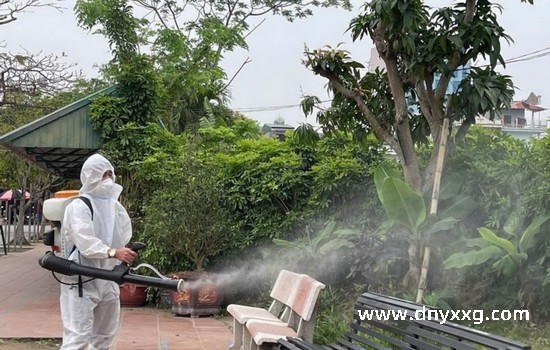
Southeast Asia Information Port (www.dnyxxg.com) – The offline special exhibition "The Myth of Rice Cultivation: Concepts, Beliefs, and Memories," part of the Zhejiang Archaeology and Chinese Civilization International Exchange Series Exhibition, jointly hosted by the Zhejiang Provincial Department of Culture, Radio, Television and Tourism and the Bangkok Chinese Cultural Center, and organized by the Zhejiang Provincial Institute of Cultural Relics and Archaeology, opened on the afternoon of the 30th at the Bangkok Chinese Cultural Center.
Zhang Ruoyu, head of the Bangkok Chinese Cultural Center, Fang Xiangming, director of the Zhejiang Provincial Institute of Cultural Relics and Archaeology, Chutika Akarajisopakorn, Deputy Secretary of the Thai Ministry of Culture, and more than 60 guests, including Chinese and Thai experts, scholars, and friends, attended the opening ceremony.
In his speech at the opening ceremony, Chutika Akarajisopakorn, Deputy Secretary of the Thai Ministry of Culture, stated that rice cultivation, a vital part of civilization, has been inextricably linked to the entire East Asian region, especially to ancient rice-producing countries like Thailand, jointly constructing a "rice culture sphere" sharing common spiritual values.
In his address, Fang Xiangming stated that Zhejiang is an important region of rice-cultivating civilization, with archaeological evidence tracing a complete lineage of rice-cultivating civilization from the Shangshan Culture (over 10,000 years ago), the Hemudu Culture (over 7,000 years ago), and the Liangzhu Culture (over 5,000 years ago). China's prehistoric rice agriculture gave rise to unique concepts, ideologies, and primitive religious beliefs. The rice-cultivating cultural areas of southern China and Southeast Asian countries such as Thailand share commonalities in cultural concepts and spiritual beliefs, yet each possesses its own distinct characteristics.

This exhibition, titled "The Myth of Rice Cultivation," uses archaeological discoveries to showcase the beliefs of ancient rice-cultivating societies in Zhejiang, aiming to promote cultural exchange between China and Thailand and allow audiences from both countries to jointly experience the profound value of rice-cultivating civilization. The exhibition revolves around the spiritual beliefs of rice-cultivating civilization in the lower Yangtze River region, unfolding in four sections: "Creating Myths: The Liangzhu State and Ritual Civilization," "Tracing the Origins of Myths: The Symbolic Beliefs of Shangshan and Kuahuqiao," "Nurturing Myths: The Pictorial Ritual of the Hemudu Culture," and "Sharing Myths: The East Asian Rice-Cultivating Cultural Sphere." The exhibition combines archaeological findings with graphic displays, high-precision replicas of artifacts, and rich interactive cultural content, making these concepts and beliefs tangible and relatable. Through this exhibition, experts and scholars from China and Thailand will use archaeological evidence as a link to initiate an in-depth dialogue between the two civilizations.
A simultaneous online exhibition of the same name will launch alongside the offline exhibition. The offline exhibition will run until November 20th, promoting cultural exchange between China and Thailand and allowing audiences from both countries to experience the profound value of rice-cultivating civilizations. (End)
























